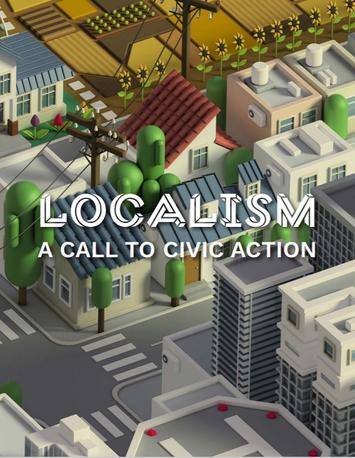
If you ask an American to tell you about their country, they’ll probably paint a bleak picture. Civic bonds are fraying. Division and tribalism dominate the news. The public is losing faith in democracy as the most effective way to govern. At a time of rapid demographic and cultural change, with frustration over economic inequality reaching a boiling point, our national politics has not found a way to generate consensus.
But if you asked the same American about the place they call home, their local community, you’d often hear a markedly different story, one of pride and enthusiasm. Economic development is taking off, new businesses cropping up downtown. More people are getting involved in local issues, and there’s a sense of civic rebirth. Despite differences, neighbors are working together to solve problems.
When America is viewed from the bottom up instead of from the top down, a picture emerges of “conditional optimism,” as Our Towns authors, Deborah and James Fallows, describe it. It’s a hope that’s rooted in the real productive changes – economic, civic, and cultural – happening in America’s cities and local communities, often led by ordinary citizens who aren’t seeking power or fame, but just want to get something done at home. This narrative is remarkably similar in towns all over America. Despite the chaos of national politics, localism is a growing force.
In November 2018, leaders from libraries, newspapers, local government, nonprofits, and small businesses gathered at USC Annenberg’s Center for Communication Leadership and Policy for a roundtable called “Localism: Rebuilding America from the Bottom Up.”
Over the course of our conversation, a set of high-level principles emerged, functioning as guidelines to localism. More specific initiatives, which seem to be effective and replicable, came out of the inspirational stories we heard. This two-part report is a practical call to action that we hope civic leaders, and changemakers of all stripes, will use to bring renewal and hope to their communities.
Read the full report here (PDF).
Click here to find the report on USC Annenberg Center on Communication Leadership & Policy's website.












